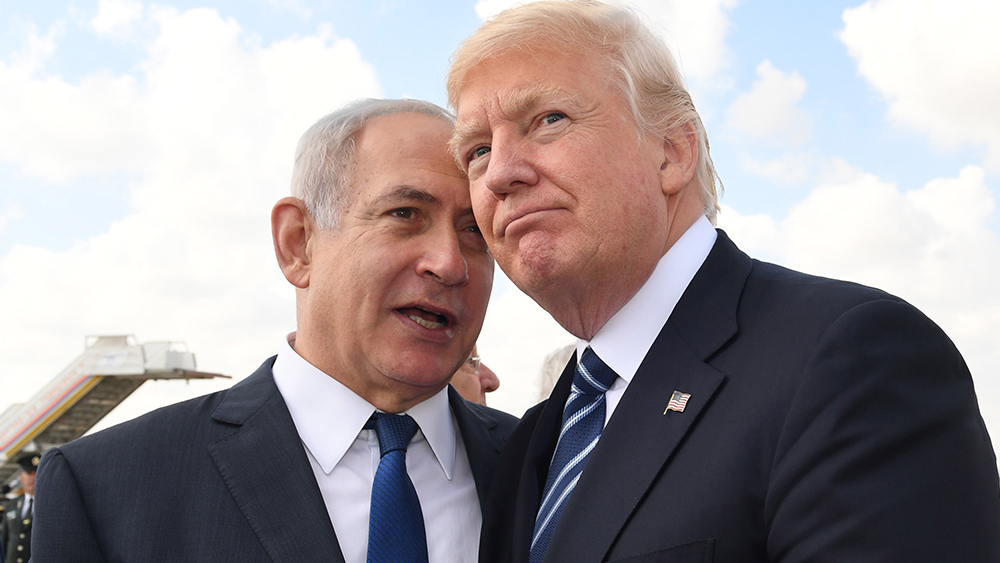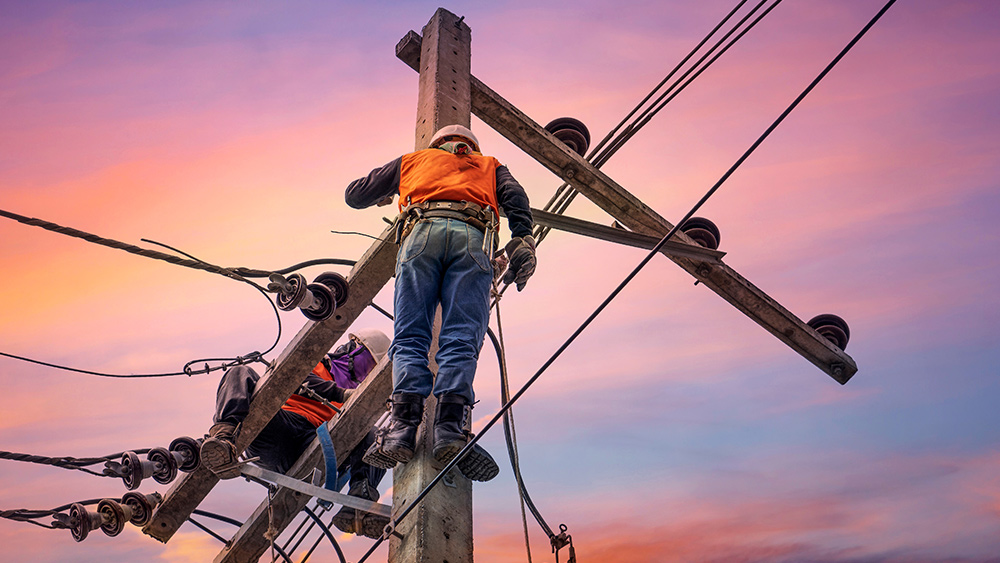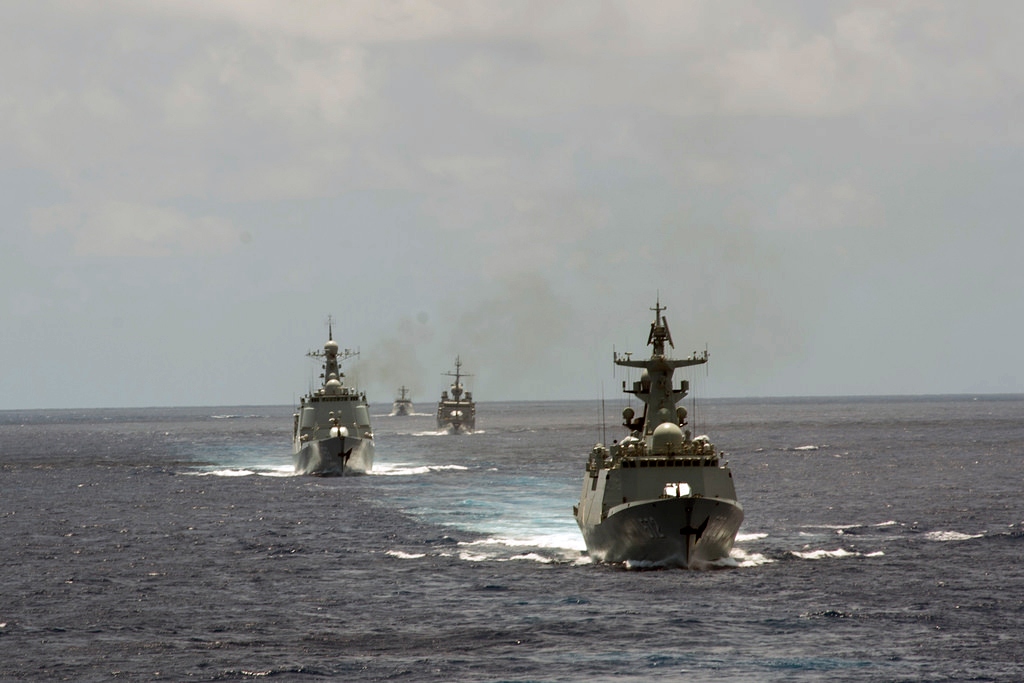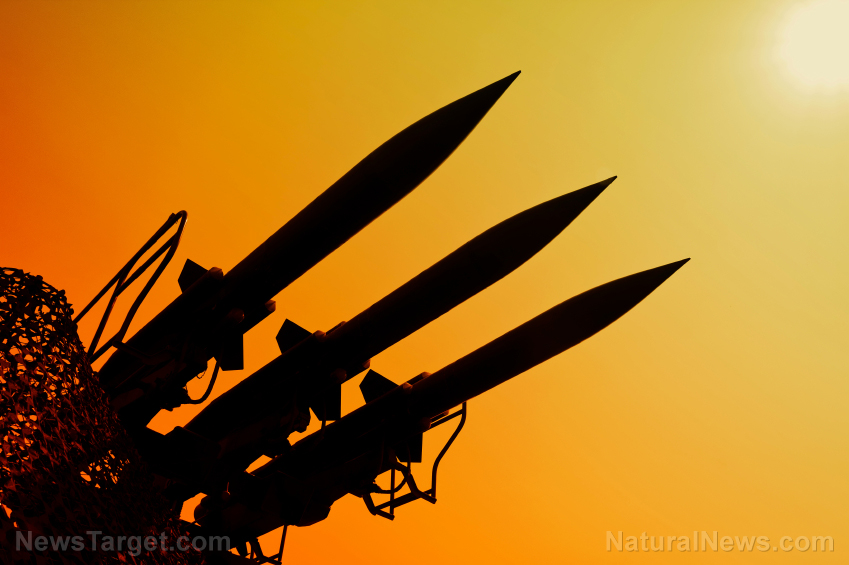 Parler
Parler Gab
Gab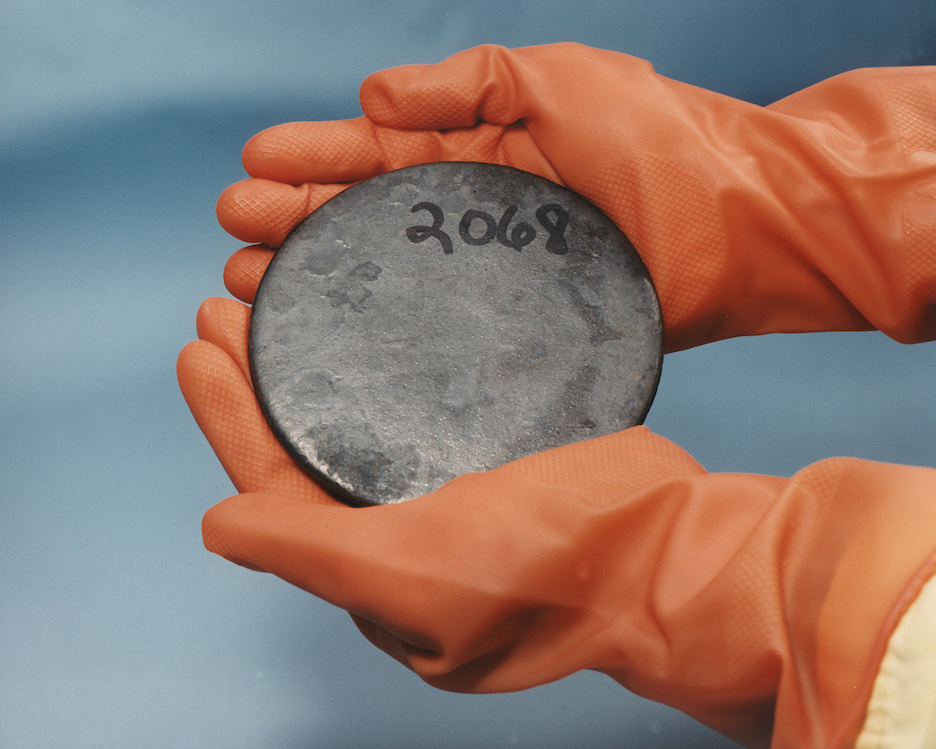
- Over 400kg of enriched uranium remains unaccounted for in Iran after U.S.-Israeli strikes on nuclear sites.
- IAEA warns Iran could restart uranium enrichment within months despite facility damage.
- IAEA chief Grossi disputes Trump’s assertion that attacks "totally obliterated" nuclear facilities.
- Tehran suspended IAEA inspections, removed monitoring equipment and denied uranium relocation ahead of strikes.
- A U.S.-brokered truce holds but faces skepticism, with Iran questioning Israeli compliance.
Missing uranium raises alarms: IAEA uncertainty fuels global distrust
The IAEA’s Rafael Grossi admitted last week that nearly half a ton of Iran’s 60%-enriched uranium—enough to theoretically create nine nuclear bombs if further enriched—cannot be tracked. “We don’t know where this material could be,” he told CBS, citing possible relocation during Israel and the U.S.’s 12-day bombing campaign. The uranium’s relicensing could restart nuclear weapons ambitions, even amid facility damage. Satellite evidence suggests Iran moved nuclear assets before strikes, including trucks observed near Fordow. Former inspector Olli Heinonen warned forensic audits could take years to untangle “rubble, debris and inaccessible sites.” Yet, Iran defiantly withdrew IAEA inspectors, removed surveillance cameras and barred Grossi’s team from assessing damage—a rejection of treaty obligations that could pave the way for nuclear recalibration.Contradicting claims: “Obtained evidence” vs. “not total damage”
U.S. President Donald Trump declared the strikes “totally obliterated” Iran’s nuclear capacity. Grossi, however, refuted this, stating damage to facilities was “severe but not total.” “Iran retains industrial and technological know-how to rebuild,” he emphasized, noting Tehran could reconstitute centrifuges within months. This clash echoes a broader narrative divide between military posturing and geopolitical reality. While Trump insists Iran “didn’t move anything” due to the surprise attack’s timing, Western diplomats acknowledge Tehran’s advanced mobility of materials. Grossi’s nuanced analysis aligns with a Pentagon assessment deeming the program’s delay at only 1–2 months—a far cry from permanent neutralization.Negotiations now or military escalation?
A swift U.S.-brokered ceasefire halted hostilities June 25, but stability remains precarious. Iran’s judiciary reported 71 deaths—including prisoners and staff—in an Israeli strike on Evin prison, while the Islamic Revolutionary Guard’s chief warned of “serious doubts” over Israel’s compliance. Diplomatic channels face steep obstacles. Iran’s parliament voted to suspend NPT oversight unless western nations “end unlawful military acts.” With talks stalled, the U.S. proposes sanctions relief for a uranium enrichment moratorium—a demand Iran has long refused. Supreme Leader Khamenei’s absence from public view heightens uncertainty, though advisor Ali Shamkhani, a bombing survivor, reaffirmed Iran’s readiness to retaliate.The shadow of doubt and the need for transparent diplomacy
The standoff over Iran’s nuclear program highlights the perils of opaque military tactics and the irreplaceable role of independent verification. As U.S.-Israeli claims collide with IAEA ambiguities, the world faces a stark choice: leaning into covert operations or embracing transparent dialogue. Historically, Iran’s defiance has flared post-pressure, from the 2015 JCPOA setbacks to recent border clashes with Israel. With uranium stocks missing and centrifuges a retool’s breath away, Grossi’s plea for diplomacy—and accountability—echoes louder than ever. Global audiences, wary of mainstream narratives, must demand clarity: Will actors at the table seek truth or escalate shadows? Sources for this article include: RT.com Politco.com TheGuardian.comEpstein files scandal erupts as Trump administration accused of cover-up; MAGA base revolts
By Finn Heartley // Share
Trump puts “heavy pressure” on Netanyahu to end Gaza war as ceasefire talks stall
By Cassie B. // Share
Yemen’s Houthis sink cargo ship, kill mariners in renewed Red Sea assault
By Cassie B. // Share
Iran rapidly rebuilds air defenses with Chinese missiles after Israel conflict
By Cassie B. // Share
Governments continue to obscure COVID-19 vaccine data amid rising concerns over excess deaths
By patricklewis // Share
Tech giant Microsoft backs EXTINCTION with its support of carbon capture programs
By ramontomeydw // Share
Germany to resume arms exports to Israel despite repeated ceasefire violations
By isabelle // Share

